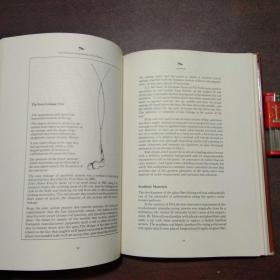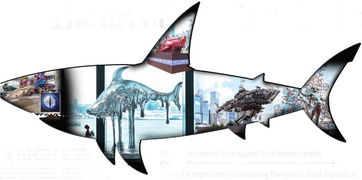Content:
Introduction: Reverse trolling, also known as backward trolling, is a unique and effective method of fishing that involves dragging a lure or bait in the opposite direction of the traditional trolling technique. This method can be particularly successful in certain conditions and can lead to some impressive catches. In this article, we will delve into the intricacies of reverse trolling, providing you with a step-by-step guide, accompanied by detailed illustrations, to help you master this fishing technique.
Section 1: Understanding Reverse Trolling 1.1 What is Reverse Trolling? Reverse trolling is a fishing technique where the lure or bait is pulled backward, opposite to the usual forward motion. This method can create a different presentation that may attract fish that are used to seeing lures moving in the opposite direction.
2 Benefits of Reverse Trolling
- Increases the chances of catching fish that are accustomed to seeing lures moving backward.
- Can be more effective in certain water conditions, such as strong currents or wind.
- Allows for more precise control over the lure's movement and depth.
Section 2: Equipment for Reverse Trolling 2.1 Rod and Reel
- Choose a rod with a fast action and a good backbone to handle the backward pull.
- A spinning reel is often preferred for reverse trolling due to its smooth retrieve and ability to handle lighter lures.
2 Line and Leader
- Use a monofilament line with a breaking strength suitable for the fish you're targeting.
- Attach a leader of appropriate length and material to protect your main line from abrasion and to fine-tune the lure's action.
3 Lures and Bait
- Select lures that can withstand the backward pull and maintain their shape.
- Consider using soft plastics, hardbaits, or live bait that can be effectively moved backward.
Section 3: Setting Up for Reverse Trolling 3.1 Positioning the Boat
- Anchor the boat in a location where you can reach the desired depth without too much drag.
- Ensure the boat is stable and the line is free from any obstructions.
2 Attaching the Lure
- Attach the lure to the leader using a secure knot, such as a Palomar or a Uni Knot.
- Make sure the lure is properly weighted and balanced for backward movement.
3 Adjusting the Depth
- Adjust the lure's depth by changing the weight or the length of the leader.
- Experiment with different depths to find the sweet spot where the fish are most active.
Section 4: The Reverse Trolling Technique 4.1 Casting
- Cast the lure backward, away from the boat, using a smooth and controlled motion.
- Ensure the lure lands gently in the water to avoid spooking fish.
2 Retrieving
- Begin retrieving the line backward, opposite to the usual forward motion.
- Use a slow and steady retrieve, allowing the lure to move naturally in the water.
4 Sensing Bites
- Pay close attention to the rod's movement and the tension in the line.
- A sudden tap or a change in the line's tension may indicate a bite.
Section 5: Illustrations and Diagrams To help you visualize the reverse trolling technique, we have provided a series of detailed illustrations and diagrams:
- Diagram 1: Equipment Setup - Illustrating the placement of the rod, reel, line, and leader.
- Diagram 2: Casting Motion - Demonstrating the backward casting technique.
- Diagram 3: Retrieval Motion - Depicting the backward retrieval motion.
- Diagram 4: Bait Movement - Showing how the lure moves backward in the water.
- Diagram 5: Sensing Bites - Illustrating the signs to look for when a fish is biting.
Conclusion: Reverse trolling is a unique and effective fishing technique that can yield impressive results. By following the step-by-step guide and utilizing the provided illustrations, you'll be well on your way to mastering this method. Remember to experiment with different lures, depths, and retrieves to find the combination that works best for the fish you're targeting. Happy fishing!












